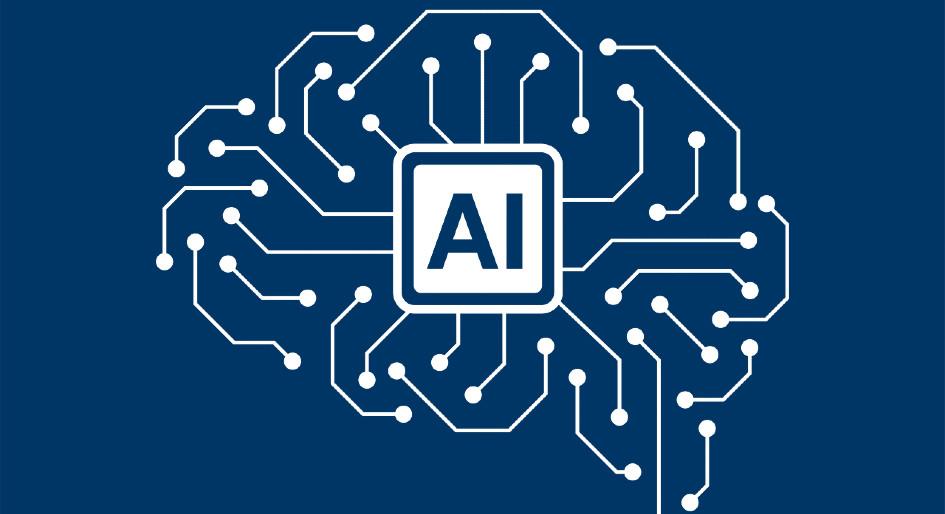Artificial intelligence (AI) is projected to deliver further operational savings in buildings through the ability to make real-time micro-adjustments to energy and water usage. However, emerging generative AI applications could shake up the status quo even more within commercial real estate’s property administration, brokerage and investment management services.
That could come with the ability to glean, scan and interpret troves of data, and integrate it into management software systems, ESG tracking, risk assessment and a range of other formulations, calculations and models at a fraction of the time and labour expenditure currently required. Panellists participating in a recent online discussion sponsored by the Open Standards Consortium for Real Estate (OSCRE) International tallied these opportunities to work faster, comprehend more, improve accuracy and liberate humans from tedium, along with some of the limitations and uncertainties at this still early stage of application development and industry adoption.
“It’s offering the ability to analyze and ingest and work with the amount of data that we create today, which currently is estimated at something like 300 million terabytes of data every day,” observed Ian Niblock, director of development with MRI Software and a member of OSCRE’s board of directors. “There’s also an ability to interact with your data by asking questions. That’s proving very popular and very beneficial because you don’t need to have an underlying knowledge of the data structures. You can literally do something like ask a question and get the answer that you’re seeking.”
Generative AI opens up these possibilities through its capacity to evolve or learn once it has been trained, enabling it to produce new outputs such as text, code, video, audio or mathematically generated synthetic data or to make predictions. This differs from traditional AI, which follows programmed directions to perform specific tasks. Applications considered promising for real estate harness generative AI’s so-called computer vision or ability to see and interpret like a human and its language processing skills, which can grasp the meaning and intent of questions posed to it.
Taming broad and unstructured data
Michael Thompson, the global lead with JLL Technologies’ data advisory division and another OSCRE board member, cited three broad functions that could deliver efficiencies and more informed insights for decision-making. This includes the ability to quickly scan and extract meaning from the vast amount of “broad” data already stored in the industry’s databases, and the ability to find and pull relevant information from “unstructured” data contained in documents such as leases, contracts and other types of text and visual images. As well, generative AI can read and seamlessly translate a multiplicity of global languages.
“It’s notoriously difficult to collect real estate data. There are so many different providers, so many different standards. We have a lot of quantitative data that has to do with performance. We have a lot of qualitative data that has to do with leases. We have brokerage assessments that are deep in text,” Thompson enumerated. “We have raw data across financial, engineering and operating topics. We can bring all that together, faster than what we’ve been doing before, and start to rely more on AI to interpret, make connections, discover things.”
For example, lease abstraction could be largely left to AI that can grasp the context of words, phrases and/or syntax to identify and capture relevant information. In turn, that could free analysts from time-consuming and labour-intensive tasks to focus more on the big picture emerging from AI outputs.
“We have people who spend all day looking at leases and they have great experience knowing what to look for in terms and conditions, covenants and all those things that are in leases, but, when we hire people like that, we hire them for their knowledge, not for their ability to read per se. We want them to have the opportunity for fulfilling careers and spend more time applying their knowledge instead of just pouring through documents.” Thompson mused.
“It enables a lot more data sharing,” Niblock added. “You can start to pass lease documents directly into your operational system without having to re-key tens of thousands of different fields manually, which is a mind-numbing activity for most people to do that.”
Among other possibilities, Thompson foresees real-time analysis of investment behaviour as AI enhances manoeuvrability around the estimated 25 trillion data points markets generate daily. Niblock highlights predictive capabilities that could help identify the most lucrative leads or tenants at risk of falling into arrears.
“Then, of course, there’s energy efficiency and sustainability. Through some of the work we’ve (JLL Technologies) done, we can see the potential to reduce energy costs by an additional 20 or 30 per cent,” Thompson reported. “That comes down to an intelligent operating centre that can make real-time micro-adjustments in certain buildings or certain floors, depending on how those floors are being used, depending on the stresses that are being put on the equipment in those environments.”
Ranking smart investment priorities
For owners/managers pondering this or earlier steps in the digital transformation of buildings, the Building Owners and Managers Association (BOMA) of Canada launched BOMA BEST Smart earlier this year. The benchmarking and certification program — which is aligned with the longstanding BOMA BEST assessment for environmental performance of existing buildings — addresses technological systems and connectivity in buildings with a focus on five key areas: security and safety; operations and management; network and integration; end-user experience; and reporting and analysis.
The assessment takes enrollees through a series of questions related to those areas, and tailored to seven different asset types: office; enclosed shopping centre; open-air retail; light industrial; multifamily; health care facilities; and universal. These were developed with input from a taskforce of BOMA members.
“It was done with the industry, for the industry,” Marlene Farias, JLL’s senior vice president of operations, services, property and asset management in Canada, told attendees at BOMA Canada’s 2023 annual conference earlier this fall. “For anyone who’s embarking into the digital transformation, I would encourage you to look at some of those questions that we have developed. It’s not just about optimizing energy at a building level. It’s looking at tenant experience; it’s looking at cybersecurity; it’s looking at decarbonization as well.”
Also participating in the discussion with Farias, Lachlan MacQuarrie, senior vice president, national real estate management, with Epic Investment Services, nevertheless hypothesized that energy management continues to the be favoured investment with the most straightforward payback. He categorized some other technologies as difficult to justify with post-pandemic lower office occupancies or unlikely to outrank competing needs and interests.
“I think we’d all love to deliver unique customer experiences, but that often proves to be much more complicated (than energy management) if you start to think about the disparate systems that go with experiences,” MacQuarrie said. “Another obstacle can be the timing difference between when solutions are presented to us and whether they address a problem we’re actually looking to solve. It’s often the case that it’s a really great solution that I don’t really need and it’s priced at a point that I can’t pay for.”
Context critical for training models
Thompson and Niblock acknowledged that industry input will be critical to developing generative AI applications, especially when training the models that will propel their learning. At this embryonic stage of development and adoption, there is a skills shortage for both building and training models and integrating new processes into existing technology.
“At the moment, software developers, software providers will be responsible for building these models and training them, and we need to know the context, we need to know how to train them,” Niblock said. “Generative AI, large language models and machine learning has been likened to a child. It will believe everything that you tell it and repeat everything that you tell it.”
Thompson concurred that conscious effort must be taken to incorporate diversity at the back end. “If you’re trying to create an experience that fits everybody, think about your prompt engineers, who they are and the backgrounds and context they represent. It’s a really important time to focus on the people behind as much as the technology,” he advised.
Prospective adopters may also want to consider embodied carbon.
“We see the word ‘cloud’ and perhaps we don’t appreciate the enormous amount of physical infrastructure that actually exists to power that,” Niblock said. “The data centres required to process some of this ML (machine learning) and LLM (large language model) data now cost in the tens of millions to build and use phenomenal amounts of power.”
Barbara Carss is editor-in-chief of Canadian Property Management.







